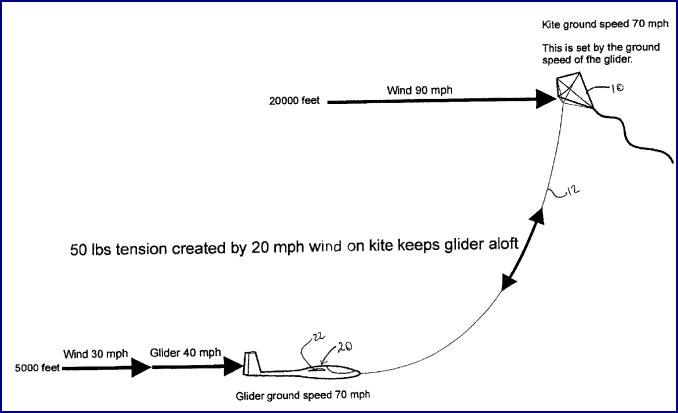ARP wrote:The gap works in the same way that sailboats do with jib sails. There is an interaction between the two "wings" which enables the airflow to stay attached at very high angles of attack so they do not stall. Airliners use slats on the leading edge on take off and landing to reduce the stall speed. It is like having a deep high lift aerofoil with two single surfaces defining the total shape of that deep aerofoil.
I am sure that an aerodynamicist will have a more scientific explanation for it and the sailing fraternity talk about the venturi effect through the slot, but whoever is correct the effect is real and enabled me to fly slower than any other hang gliders I have flown of similar wing area.
The sailing lore is flawed. The venturi effect requires a significant static pressure differential between both sides of the "nozzle". Air speed is much too low and the slit is way too large for such pressure to build.
A hand waving explanation based on mainstream aerodynamics would go like this:
An airfoil stalls if the air in the boundary layer near the upper surface looses too much energy. This allows the air to flow backward against the general flow and create the large vortex that is notorious to induce high friction and very little lift. In aerodynamic speak: the flow separates.
The closely spaced airfoils of jib and mainsail interact favourably to increase the energy in each others boundary layer. The main sail generates a low pressure volume just behind the jib. This low pressure accelerates the air on the top side of the jib. Its energy increases, flow separation at the jib is prevented at angles that would normally induce a stall. The jib generates a volume of high pressure just in front of the main sail. This pressure adds to the acceleration on the top side of the mainsail. Again, an imminent stall is avoided.
Sounds too good to be true? Well, there is a draw back: The combined wing area would be more efficient if it were configured as a single wing with longer span. So you essentially trade glide ratio for better maximum lift. Airliners manage to get the best of both worlds. They retract slats and slotted flaps on cruise and deploy them only on start and landing. I noticed that the famous dragonfly uses slotted flaps to achieve high lift at low minimum speed.
---<)kaimartin(>---
 Home
Home




